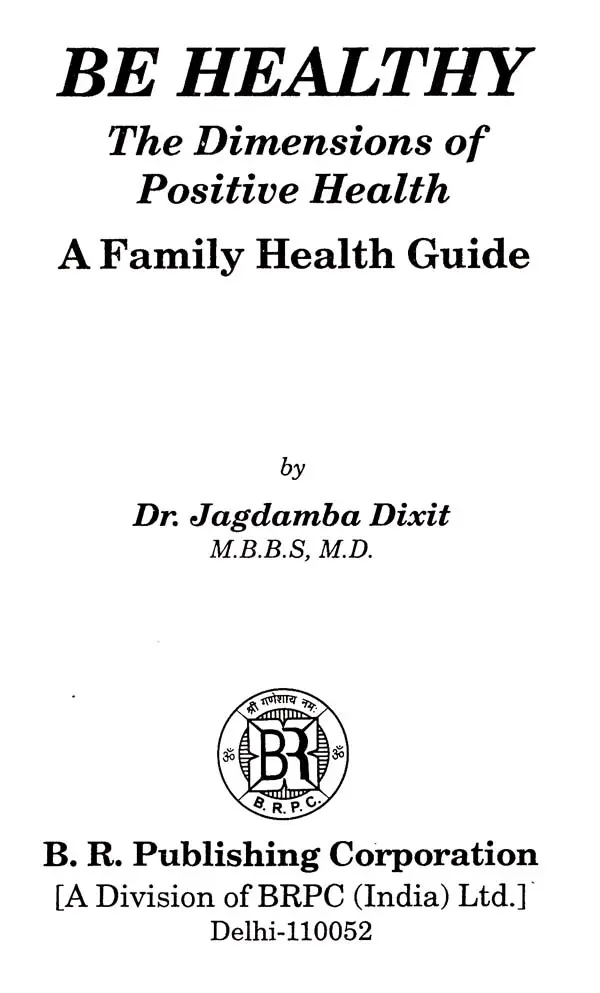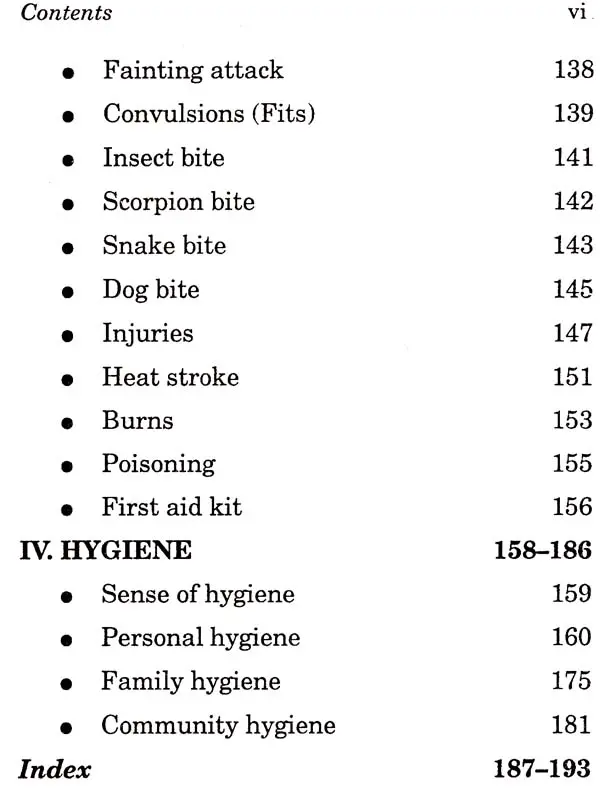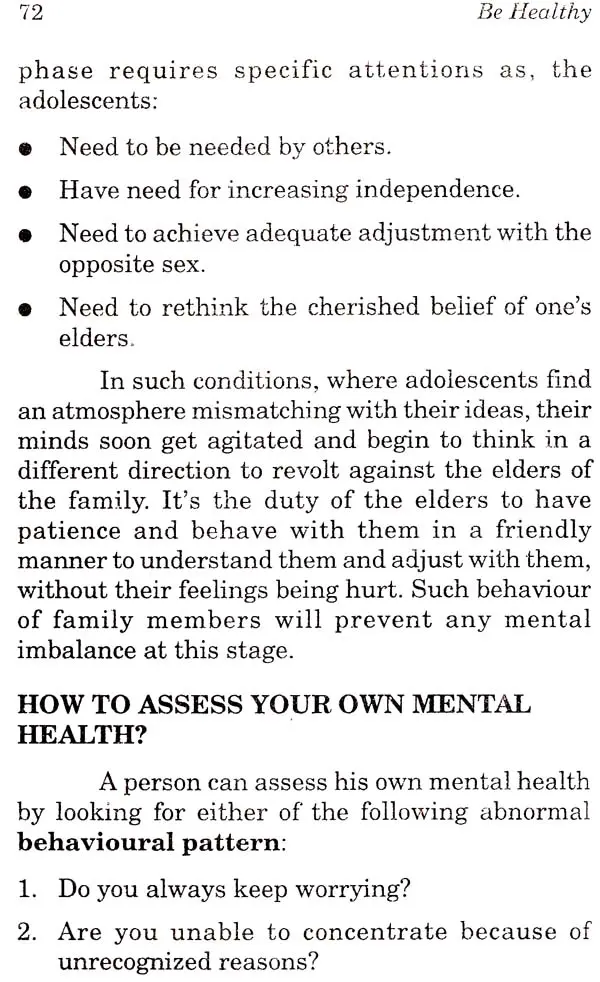
Be Healthy- Dimensions of Positive Health Guide
Book Specification
| Item Code: | UAK983 |
| Author: | Jagdamba Dixit |
| Publisher: | B.R. Publishing Corporation |
| Language: | English |
| Edition: | 2006 |
| ISBN: | 8176465550 |
| Pages: | 199 |
| Cover: | PAPERBACK |
| Other Details | 7.00 X 5.00 inch |
| Weight | 180 gm |
Book Description
A.K. Sharma is worldwide known for his inventive contributions in the field of Archaeology. During his 33 years of active career in ASI, he explored and excavated in Jammu and Kashmir, Uttaranchal, North-East India, Madhya Pradesh, Lakshadweep, Maharashtra, Gujrat, Rajasthan, Goa, Haryana, Chbattisgarh and other remote areas. After retirement from ASI he was appointed as OSD in IGNCA to excavate Jhiri with French team. His all excavation reports (22 Books) have been published. He has edited Purasatana, Puraprakash, Purajagat and is editor of Puramanthan, yearly magazine on recent advances in Archaeology. He has established Archaeological Museums at Mansar and Maa Anandmayee smriti Museum at Kankhal (Haridwar). At present he is advisor to the Government of Chhattisgarh and Member of Standing Committee of Central Advisory Board of Archaeology. He is directing excavations at Rajim in Chhattisgarh.
In 1966-68 when I was studying in Institute of Archaeology, Archaeological Survey of India for for Post Graduate course. I was asked by Shri A. Ghosh, the then Director General, Archaeological Survey of India to write dissertation on conservation as generally no one chooses this typic. I immediately agreed as this was my pet subject. The present book is a result. In this book apart from discussing on structural conversations, I thought it proper to include preservation of antiquities and chemical treatment of manuscripts etc. For this I have used the lectures given by Dr. B.B. Lal, Chief Archaeological Chemist, Archaeological Survey of India.
In preparing my dissertation. I got full help from my colleagues in conservation, section in Director Generals office.
It was Shri K.S. Ramchandran who volunteered to type the manuscript.
I hope my this attempt in an unusual typic will be of some help to the students of conversation.
World's history is the sum total of construction, destruction and preservation. The human being by nature is a great destroyer and conservator too. From time immemorial one sect of people have been trying to destroy the cultures and creations of their rivals in order to establish the supremacy of that of their own. The idea of conservation and preservation is born out of destruction. It is because of the fear of destruction that the human mind started thinking in the direction of restoring and protecting the objects of art and architecture.
The history of conservation of monuments has witnessed from genuine efforts to periods of romanticism in which 'pleasing decay' has been preferred to conservation. The question of how and to what extent ancient monuments should be restored has always remained an ambevalent one. It is only in the modern times that a near unanimity between various opposing ideas has been reached through the agency of the United Nations. The basic principles for the conservation and restoration of monuments and sites were first defined in the Athens Charter of 1931. In order to examine this charter a fresh and to enlarge its scope the II International Congress of Architects and Technicians of Historic Monuments met in Venice in 1964 and produced a new document in which the common responsibility to safeguard the heritage of mankind for was recognised.
Book's Contents and Sample Pages













